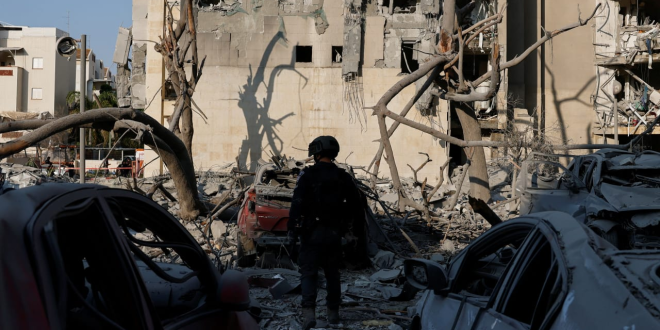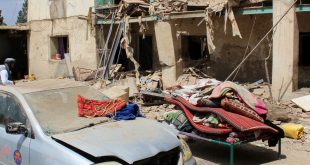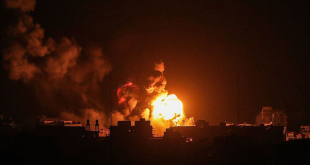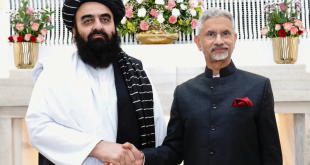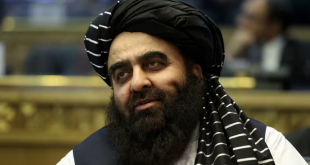KABUL – U.S. President Donald Trump announced late Monday that Iran and Israel had agreed to a “complete and total ceasefire” after nearly two weeks of high-intensity conflict that threatened to engulf the wider Middle East. The truce, which Trump claimed was brokered through backchannel diplomacy involving Qatar and Oman, was intended to be phased in over 12 hours—first halting Iranian strikes, followed by a suspension of Israeli operations.
Trump, speaking aboard a private jet en route to New York, declared the ceasefire a “tremendous victory for peace,” stating, “Nobody will be hurt. The war is over.” The surprise announcement was quickly followed by official confirmations from both Tehran and Tel Aviv, with Iran’s Foreign Ministry calling it a “moment of strategic restraint” and Israeli Prime Minister Benjamin Netanyahu saying Israel had agreed to a “temporary halt in operations.”
However, within just hours of the announcement, the ceasefire unraveled.
Iranian missiles reportedly struck the southern Israeli city of Beersheba, killing at least four civilians and injuring over a dozen. Israeli defense systems responded with limited airstrikes, targeting radar and air defense facilities near Tehran. Footage aired on state media showed explosions lighting up the sky over the Iranian capital, though Iranian officials denied violating the ceasefire, claiming the missiles were launched by “independent resistance factions.”
In an extraordinary move, Trump publicly condemned both sides for breaking the agreement. “They don’t know what the hell they’re doing,” he said in a press statement. “I had it all figured out. Now they’re firing again—it’s insane.” According to sources close to the former president, Trump made a direct call to Netanyahu from the air, reportedly ordering Israeli warplanes to return and suggesting they perform a symbolic “plane wave” over Iran rather than drop further ordnance.
Netanyahu complied after authorizing a final strike on a radar installation east of Tehran. Israeli officials have since announced a pause in further military action, pending U.S.-led efforts to stabilize the truce. Iran has also issued a statement reaffirming its “commitment to de-escalation” while blaming Israel for “provocations.”
Despite Trump’s assertion that the ceasefire is “back on track,” the situation remains tense. U.S. bases in Iraq and Qatar continue to be targeted by drone and rocket attacks from Iran-backed militias. Pentagon sources say U.S. troops are on high alert, though no major casualties have been reported in the latest incidents.
The conflict, which began with Israeli strikes on Iranian military targets in Syria and escalated after an Iranian missile barrage on Haifa, has resulted in a significant humanitarian toll. At least 1,000 people are estimated to have been killed in Iran, including civilians, with more than 3,500 injured. In Israel, the death toll has surpassed 30, with hundreds wounded.
Rights groups have called for international monitors to be deployed to verify adherence to the ceasefire and assess damage to civilian infrastructure. The United Nations Security Council is expected to convene an emergency session later today to discuss the crisis and Trump’s unofficial mediation role.
Whether the ceasefire holds or collapses again in the face of mistrust and retaliatory strikes remains uncertain. What is clear is that even after a ceasefire announcement, the guns have not gone silent.
 Afghanistan Times Latest News and Analysis from Afghanistan and the Region
Afghanistan Times Latest News and Analysis from Afghanistan and the Region
